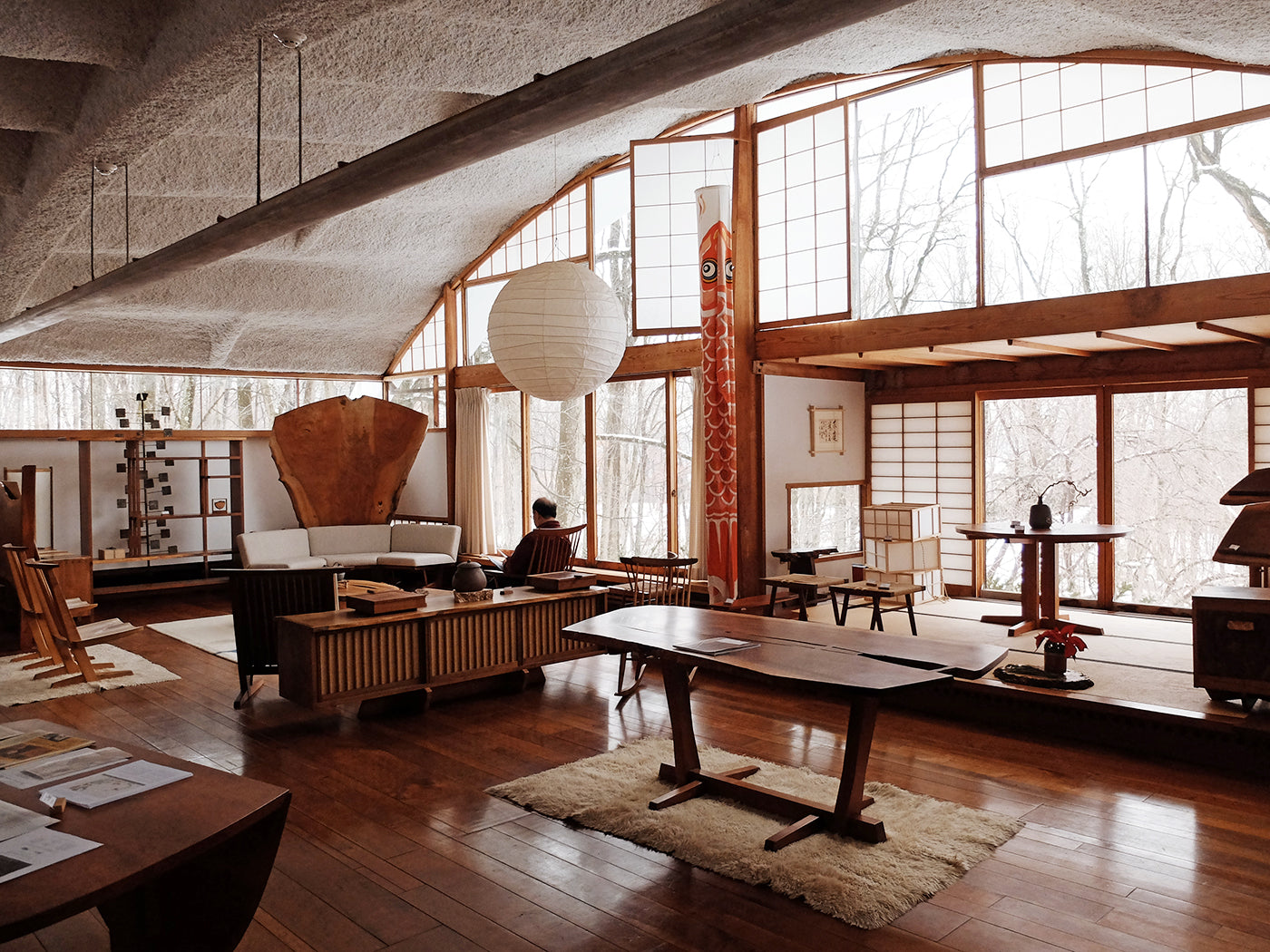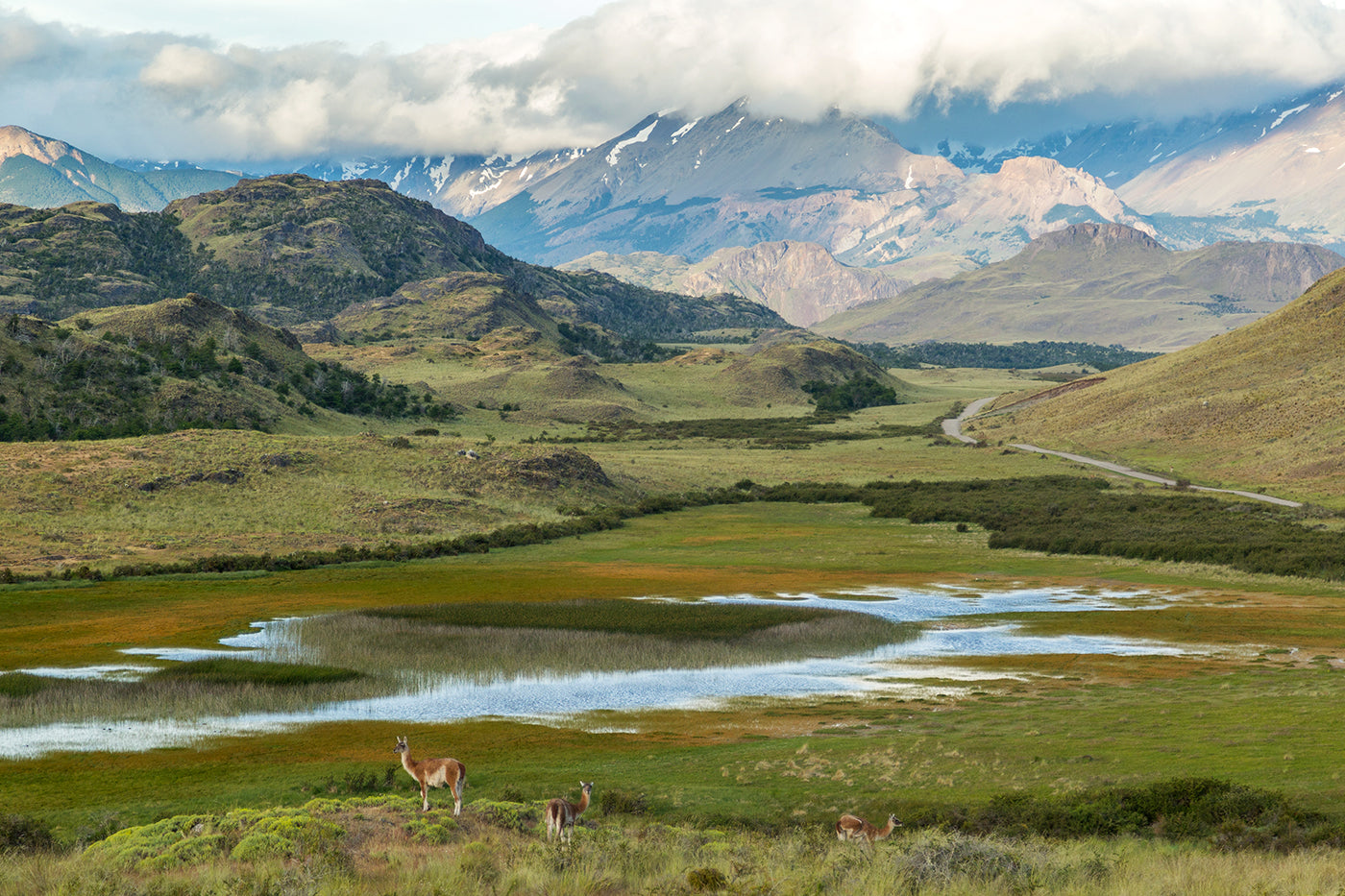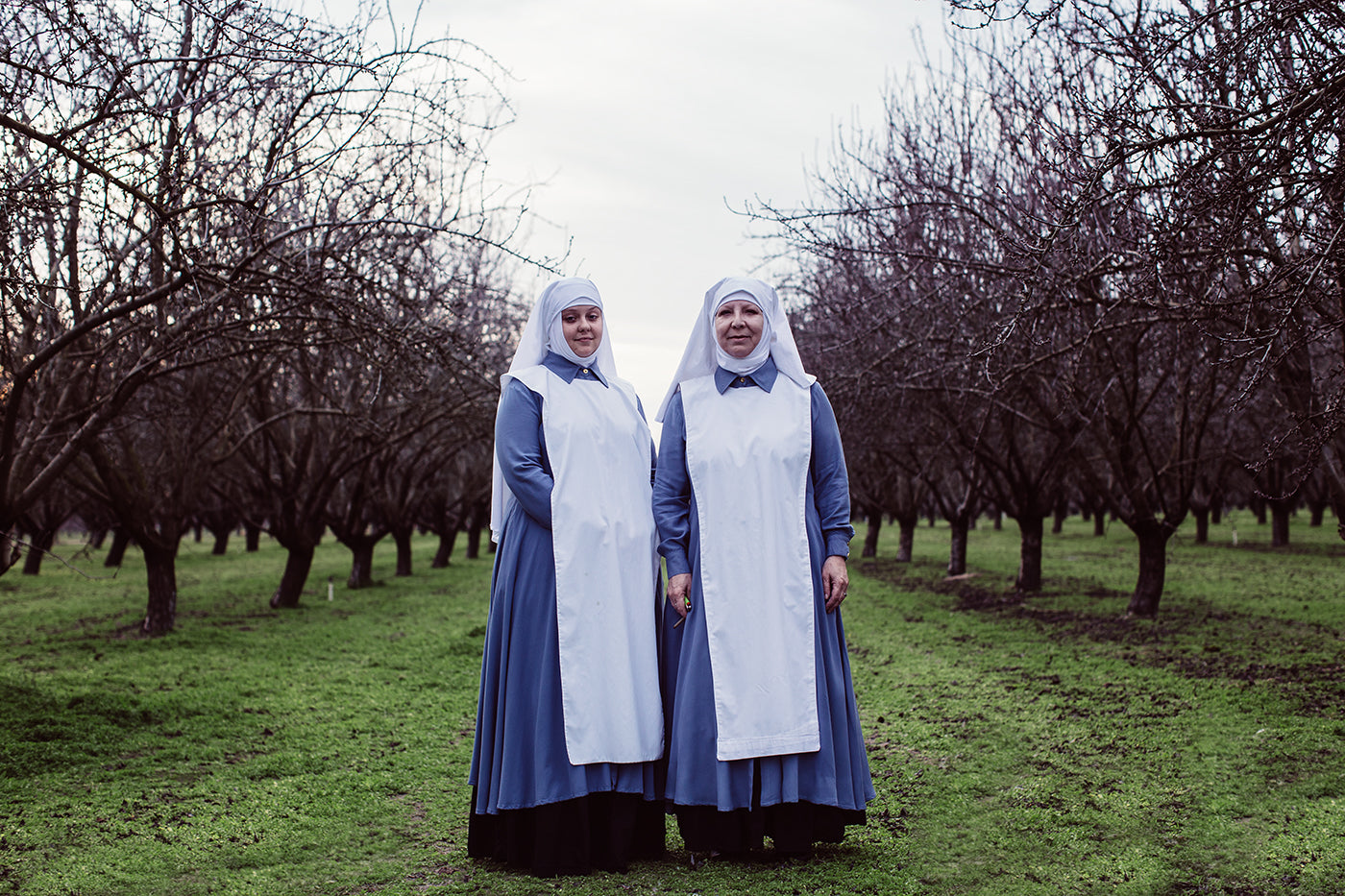
Weed Nuns On A Mission To Heal
“Their mission and activism have helped shape the way society views cannabis culture and helped many spiritually connect and be free of pain”
The rhythm of economic boom and bust cycles often act as life-altering moments for societies and individuals, almost like a restart button that breathes in a new life and purpose. When the Financial Crash of 2008 began to take its grip on the United States, a former financial consultant adopted a nun costume and took the streets to join the Occupy movement. This was the moment Christine Meeusen started her journey of becoming Sister Kate, and later the revolutionary weed healing empire known as the Sisters of the Valley.
I put on a nun outfit and started going out to protests, and the movement dubbed me ‘Sister Occupy’
Fast-forward over a decade later, Meeusen’s journey has transcended into an “activist movement on a mission to empower people to heal themselves,” explains culture photographer Soraya Matos. 'A picture is worth ten thousand words,' once stated by Fred R. Barnard of Printers' Ink. As it turns out, a picture can also tell a thousand stories—the Sisters of the Valley is a tale of idiosyncratic wonder.
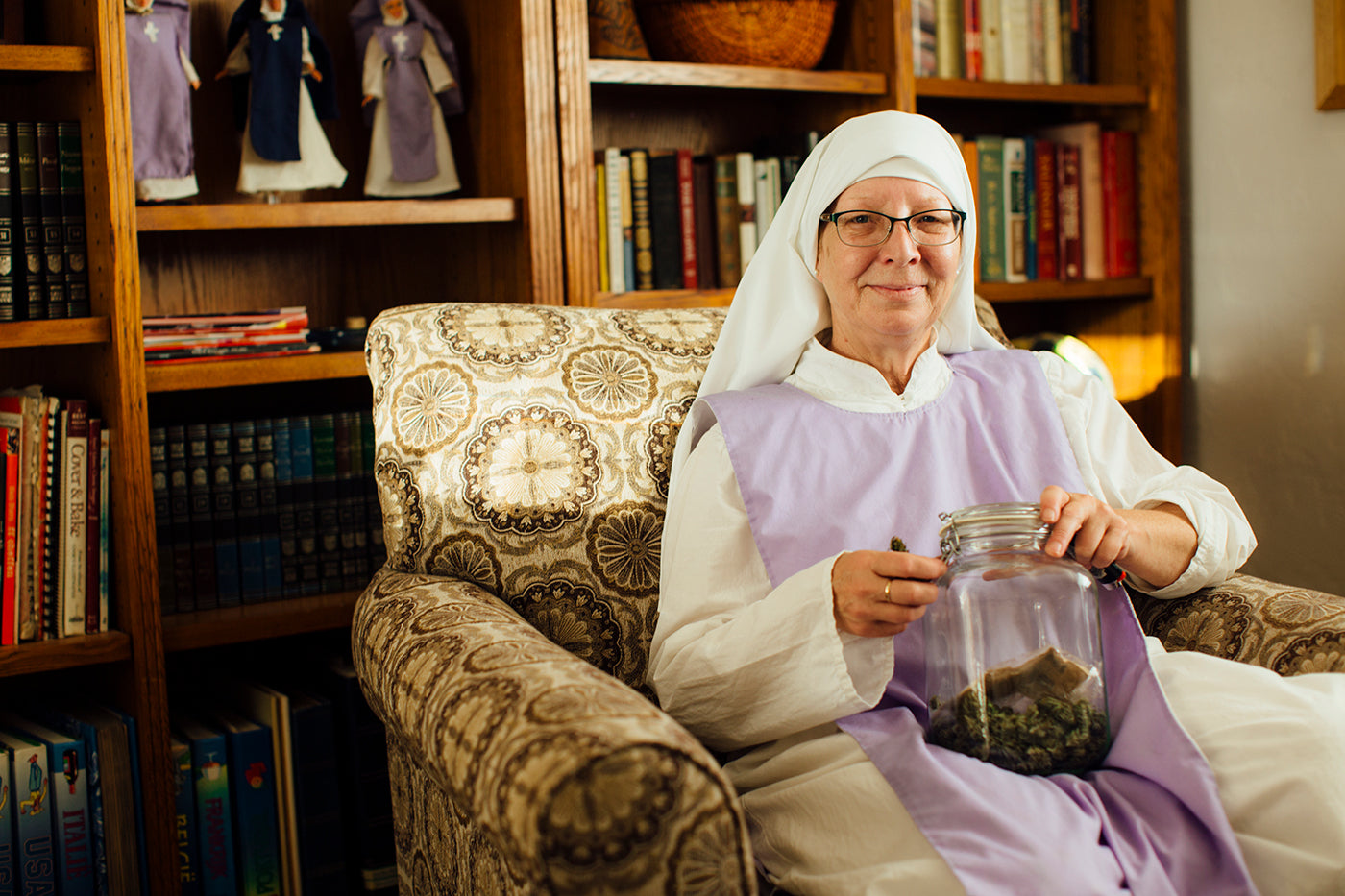
The Sisters prepare all of their products during moon cycles, inspired by ancient wisdom. (Photo: Soraya Matos, Sisters of the Valley)
Having lived in Amsterdam for 10 years, Meeusen returned Stateside with three children as the economy was showing signs of crumbling. Raged by banks being bailed out and the decision of the US Congress to classify pizza as a vegetable, she felt obliged to make a political statement. “If pizza was a vegetable, I was a nun. So I put on a nun outfit and started going out to protests, and the movement dubbed me ‘Sister Occupy,’” she explained to photographer Matos. During this period she also wanted to start a medicinal cannabis company that erased the negative stigma around the plant and united women who believed in its healing powers. Sister Kate was born.

Sisters of the Valley hopes to create jobs for like-minded, cannabis-loving women. (Photo: Soraya Matos, Sisters of the Valley)
Her brother persuaded her to move to the Central Valley with him and start a medical marijuana business. After using marijuana to help her nephew recover from heroin addiction, she became compelled to spread the message of healing marijuana. Armed with 12 plants, she started Sisters of the Valley in California's Merced County in 2011. A collection of like-minded women came together for the vision. Matos told us that Sister Darcy Johnson was next, who at the time was flipping burgers at a Jack In The Box diner while she attended a community college near her home in the state of Washington. At the time she grew marijuana plants in the backyard.
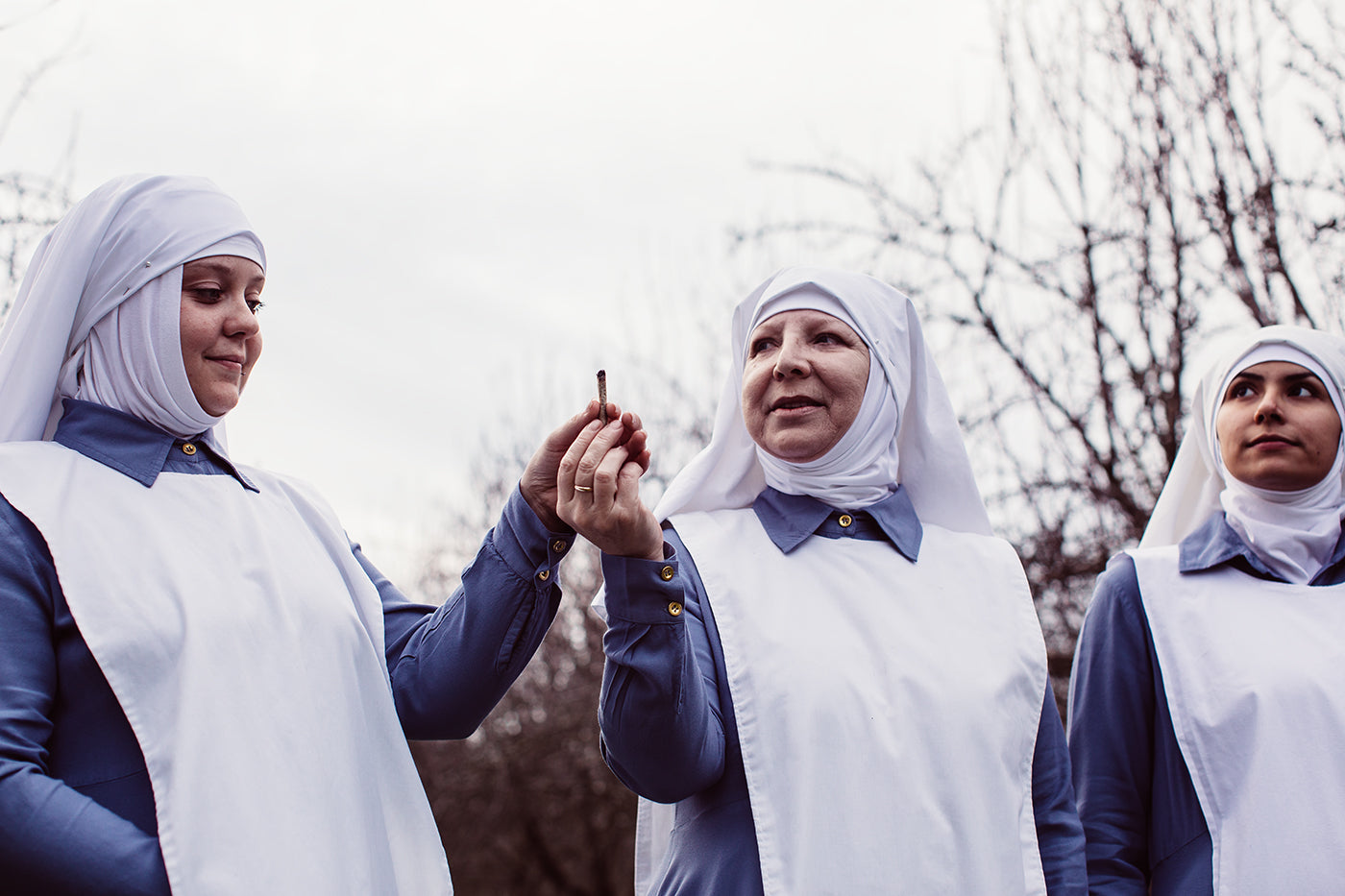
The Sisters are activists on a mission to empower people to heal themselves. (Photo: Soraya Matos, Sisters of the Valley)
A mutual friend connected the pair through a phone call. Sister Darcy was instantly convinced and moved across states to partner on the Sisters of the Valley. To follow was Sister Sydney from Oregon. The team then grew over the years to form the brewing sisterhood of women fixed to a healing agenda. To date, their healing powers and the cannabis business model have helped them fight the local government and expand exponentially.
“How could you not be curious about a group of women dressed in habits, empowering the world of healing through cannabis?”
The Sisters of the Valley live in a modest three-bedroom ‘abbey’ house on the outskirts of Merced, California. Their backyard houses their cannabis plants. Also known as the ‘Weed Nuns,’ they describe themselves as “new-age progressive nuns.” Matos tells us that their “vision is to create a worldwide sisterhood in which others can spot these women in purple habits to be healers, having access to natural cannabis medicine.”
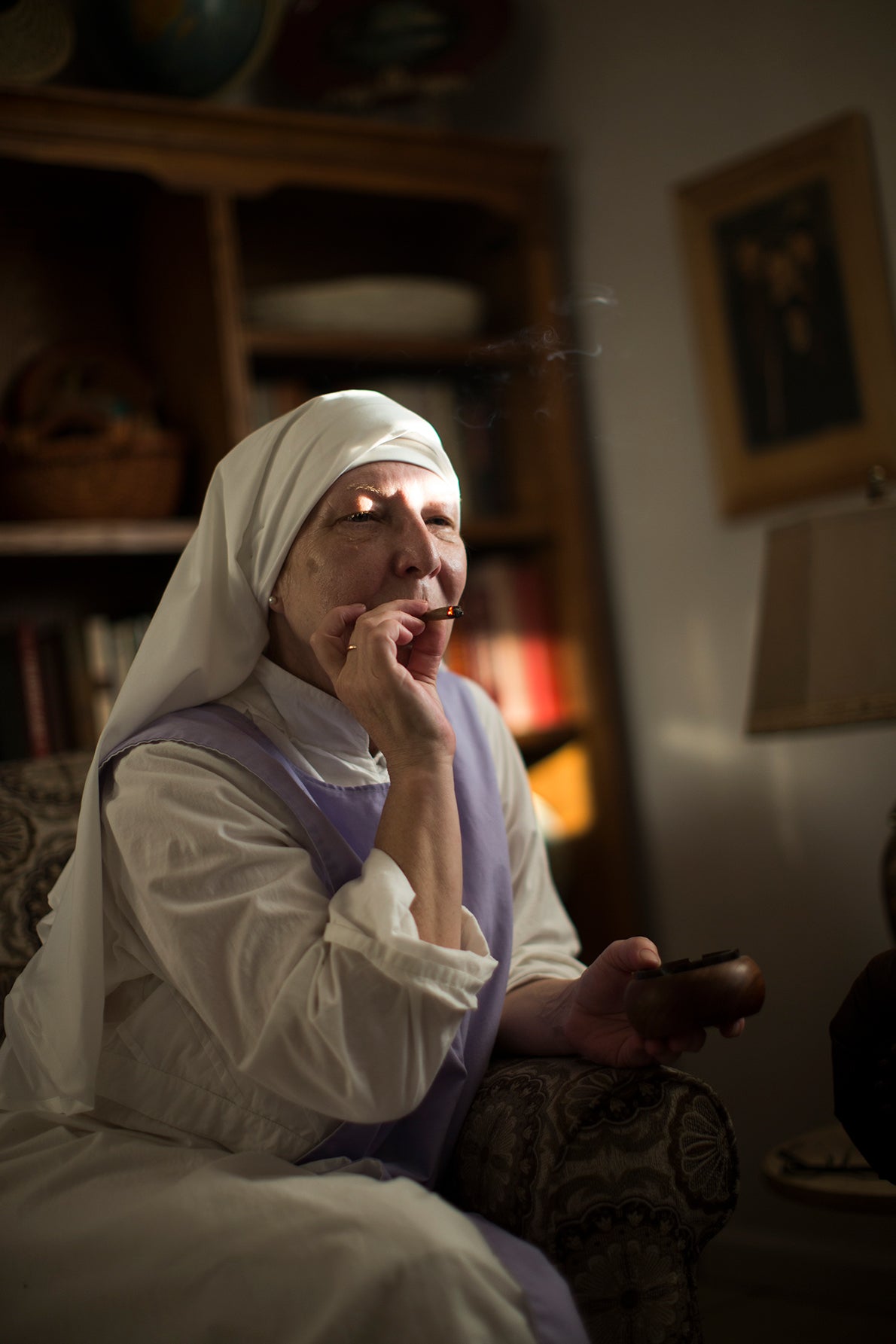
The Sisters say they make "CBD oil and multi-purpose balms made in California in a spiritual environment with compassion to Mother Earth." (Photo: Soraya Matos, Sisters of the Valley)
Although not devoted to a specific religion, they follow the five elements of sisterhood. These are: “We live together, we wear the same clothes, we take a vow of obedience to the moon cycles, we take a vow of chastity (which we don't think requires celibacy), and a vow of ecology, which is a vow to not harm while you're taking your medicine,” they explained to Matos. Sister Kate says that she never wanted to fool people into thinking she was a ‘real’ nun, but she enjoyed the way that her habits changed how people interacted with her, seeking her out, and telling her their troubles.
“When I first heard about the Sisters of the Valley I was immediately intrigued,” Matos goes on to say, “How could you not be curious about a group of women dressed in habits, empowering the world of healing through cannabis?” She says the nuns “belong to a highly specialized and devout order, one dedicated to cultivating cannabis and using it to create salves, tinctures, and oils for the ill.”
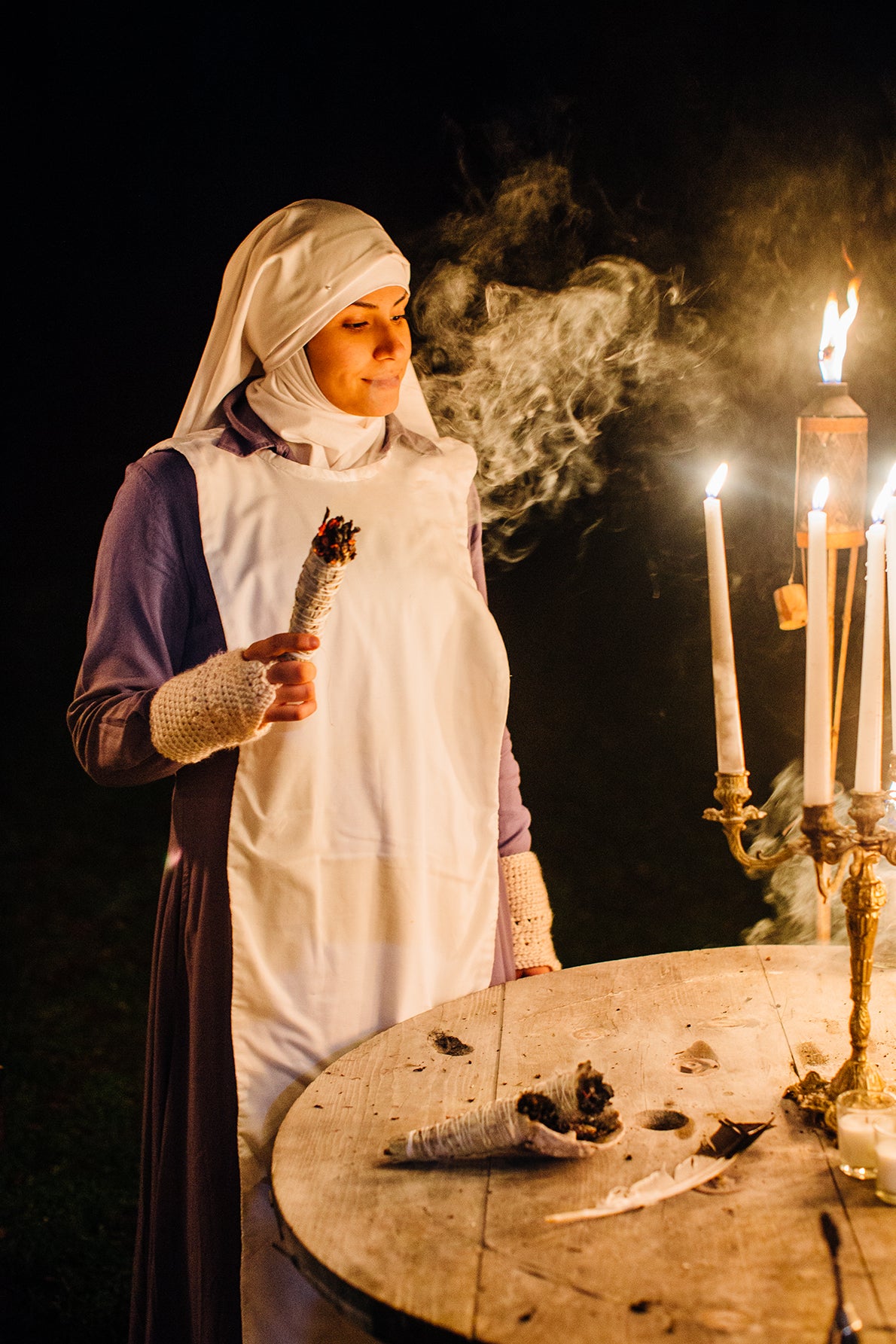
The Sisters of the Valley in the space of 9 years have transformed their business into a respected venture that turns over $1 million a year in sales. (Photo: Soraya Matos, Sisters of the Valley)
They are warm and welcoming human beings on a mission to change the way society views cannabis culture. Their activism has helped many people connect with it spiritually, while also freeing their patients of pain. Head to their website and you’ll find high BD pure plant oil, CBD infused Holy soap, infused oil, skullcap tincture, topical salve, Sage smudge stick, CBD Tincture, and Clary Sage Spray to name a few.
They are “diligent healers and go through their daily lives just like everyone
Matos says the nuns “resemble old-school alchemists, defying all visual stereotypes of the tie-dye-clad stoner or outlaw marijuana farmer.” Cooking golden oil in crockpots and piously tending to their medicinal plants, their product helps to aid those with symptoms of terminal illnesses such as cancer, immunodeficiency Disorders, PTSD war vets, to the average person who has a headache.
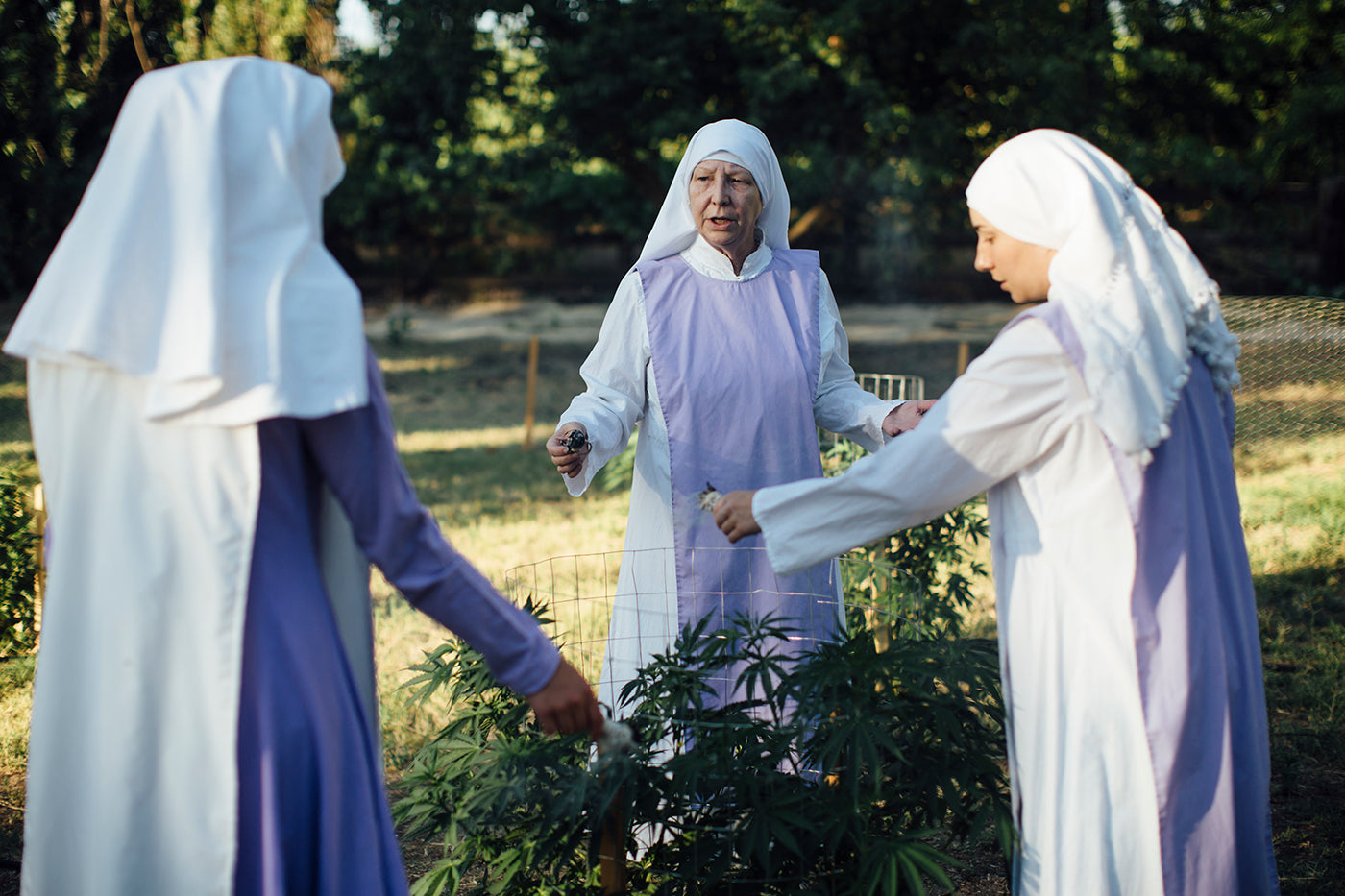
The documentary film explores how Sister Kate and her team have fought bitterly against “white man rule”, including the obstructionist country sheriff and black-market thieves. (Photo: Soraya Matos, Sisters of the Valley)
In 2018 their tales and tribulations became the focus of Rob Ryan’s documentary Breaking Habits. It follows Sister Kate’s supposed “American dream began to unravel” as she discovered the lucrative business of medicinal-marijuana and cannabis farming. The media have portrayed them ‘divine beings,’ but Matos explains this isn’t an honest portrait of the nuns. She says they are “diligent healers and go through their daily lives just like everyone else.”
Demonstrating against the handling of the 2008 downturn played a pinnacle role in their existence, to this day they continue to rally at protests and injustices in their downtime. Sisters of the Valley represent a new wave of cannabis culture pioneers who are refining interruptions of the herbal leaf and how it can positively affect the human body.
Cannabis culture has undergone a generational transformation both politically and in contemporary terms. Explore the movement behind this change through High on Design.

